The American political landscape is overwhelmingly dominated by the two-party system. However, with the considerable influence of media and entrenched party dynamics, many argue that casting a vote for either the Republicans or Democrats might paradoxically be a waste of one’s vote.
One significant concern is the illusion of choice. Despite their claims to represent diverse platforms, both major parties frequently converge on pivotal issues, ranging from foreign policy to corporate welfare. This common ground often results in similar outcomes regardless of which party is at the helm. For voters seeking transformative change or differentiation, this can give rise to a feeling that their votes are inconsequential, merely reinforcing the status quo.
Additionally, the role of media in modern elections can’t be understated. Often, major news outlets prematurely project winners in certain states or even nationally, based on exit polls or partial results. This can potentially discourage voters in later time zones or those waiting in line from casting their ballots, feeling that the outcome has already been decided. This media behavior can further perpetuate the notion that individual votes, especially those not aligned with the projected outcomes, are wasted.
It’s time for a shift in perspective. The persistent challenges and limited choices presented by the dominant two-party system beckon for a change. “It’s time” has become more than just a phrase; it’s a clarion call for voters to consider third-party options. By supporting these alternative platforms, voters can breathe new life into a political landscape yearning for diversity, innovative solutions, and genuine representation.
Yet, the enduring dominance of the Republicans and Democrats often stifles the growth and visibility of third-party movements. Consequently, by routinely voting for the two major players, voters might inadvertently limit the potential of more representative options, thus circumscribing the true essence of democracy.
In summation, the combined effect of overlapping party policies, media influence, and entrenched political systems might make voting for Republicans or Democrats seem less impactful than one might hope. A broader perspective on the electoral process, coupled with an informed and critical media consumption, is essential to ensure every vote truly counts.


